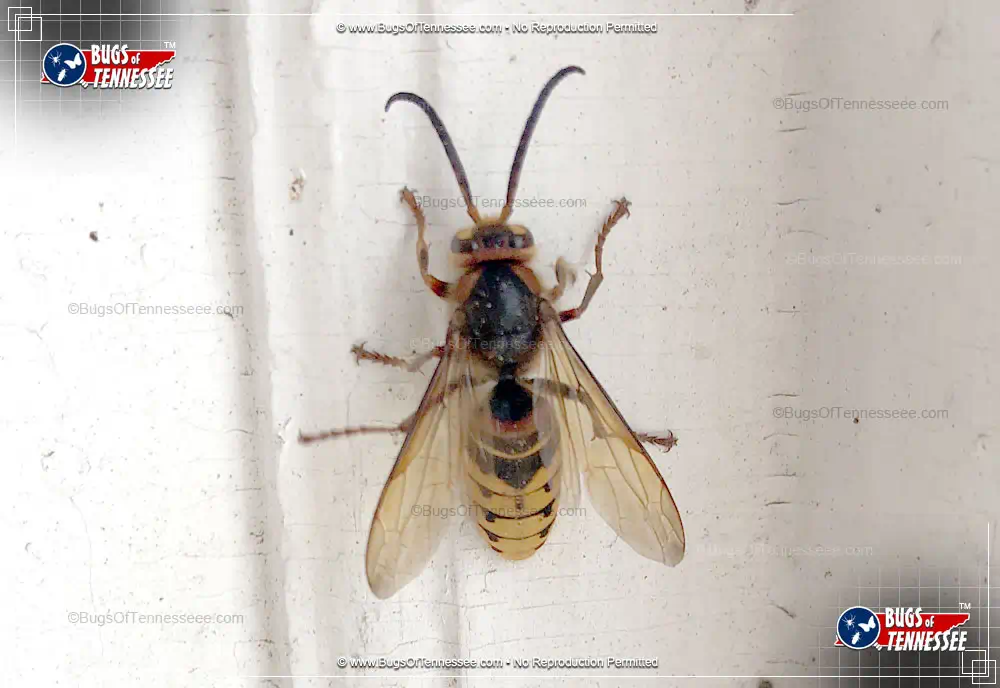Insect Order (Hymenoptera)
HYMENOPTERA
Order Hymenoptera encompasses Ants, Bees, and Wasps. About 18,000 types reside in North Amerca (excluding Mexico). Like other insects, they have chewing mouth parts for breaking down food sources. Ants can deliver bites through their mandibles while Bees and Wasps sting to repel threats and subdue prey. The order typically operates during the warm summer months across Tennessee. Bees are an utterly important part of the state's ecosystem, eating pollen and nectar to help raise their young - Bee by-products are essential in many human products and their pollinating action serves many other purposes. While Bees and Wasps live in carefully constructed nests, the social Ant survives in colony made up of networked tunnels. The furry Bumble Bee is not aggressive by nature though disturbing an in-ground nest of Yellow Jacket wasps will be a mistake made only once!
Taxonomy
The Taxonomic Breakdown is the scientific way to categorize a partocular insect species from its largest group (Animalia) to its smallest (variable). The Genus and Species categorizations taken together make up the species' scientific name shown above, in this case Vespa crabro.
Kingdom: Animalia
Phylum: Arthropoda
Class: Insecta
Order: Hymenoptera
Family: Vespidae
Genus: Vespa
Species: crabro
Characteristics
Antenna: Antenna are noticeably apparent on this insect.
Caution: Caution should be exercised around this insect.
Harmful: Known to be harmful in one way or another.
Outdoors: Typically found across the great outdoors.
Stinging: Known to sting if bothered / threatened.
Striped / Banded: Noticeable stripes or banding pattern.
Winged: Has wings to hop or fly over distance.
Description
The European Hornet has been identified by site users by the following descriptors:
large outdoors winged wings flying fast black yellow stripes striped antenna stinging forest harmful
Sighting Guide
The general likelihood of encountering this insect based on a given month of the year in the state of Tennessee. Generally, the best sighting months are June through August with peak occurring in July.
Size
Below is a representation of the 'smallest-small' and 'largest-large' sizes commonly associated with the European Hornet. Due to monitor differences, sizes may not be exact on your particular screen. Conversions to millimeters are provided for convenience.
Lowest-Low:
0.71 inches
(18 mm)
Highest-High:
1.50 inches
(38 mm)
Identifying Colors
Below you will find the colors most commonly associated with the European Hornet. Both Primary and Secondary colors are represented in the showcase. Due to monitor differences, colors may not be exact representations.
Tennessee County Reach
The European Hornet can be found in the following Tennessee counties:
Anderson; Bedford; Benton; Bledsoe; Blount; Bradley; Campbell; Cannon; Carroll; Carter; Cheatham; Chester; Claiborne; Clay; Cocke; Coffee; Crockett; Cumberland; Davidson; De Kalb; Decatur; Dickson; Dyer; Fayette; Fentress; Franklin; Gibson; Giles; Grainger; Greene; Grundy; Hamblen; Hamilton; Hancock; Hardeman; Hardin; Hawkins; Haywood; Henderson; Henry; Hickman; Houston; Humphreys; Jackson; Jefferson; Johnson; Knox; Lake; Lauderdale; Lawrence; Lewis; Lincoln; Loudon; Macon; Madison; Marion; Marshall; Maury; McMinn; McNairy; Meigs; Monroe; Montgomery; Moore; Morgan; Obion; Overton; Perry; Pickett; Polk; Putnam; Rhea; Roane; Robertson; Rutherford; Scott; Sequatchie; Sevier; Shelby; Smith; Stewart; Sullivan; Sumner; Tipton; Trousdale; Unicoi; Union; Van Buren; Warren; Washington; Wayne; Weakley; White; Williamson; Wilson
European Hornet Picture (1)
1 of 1

Image of an adult European Hornet stinging insect at rest.; Credit: Simon M. of Ontario.
This image is original to
www.InsectIdentification.org; Used with Permission.
